
The best neuroscience stories from January 2020
A new potential treatment for post-traumatic stress disorder, an eye-tracking technology to detect neurological disorders and the use of human stem cells for chronic pain relief are some of the stories included in our selection of the best neuroscience research from January. We hope you find these as interesting as we do!
1. New laser-based imaging system & artificial intelligence algorithm, used in conjunction, accurately identify brain tumours
A study by NYU Langone has found that a new method of combining advanced optical imaging with an artificial intelligence algorithm produces accurate, real-time intraoperative diagnosis of brain tumours.
Stimulated Raman histology (SRH) was used to acquire the images of the brain tumours. These were then processed and analysed using artificial intelligence, which diagnosed the tumours with an accuracy of 94.6%, compared to a 93.9% pathologist-based diagnosis accuracy.
The implementation of this system is part of NYU Langone’s approach to improve cancer diagnostics by integrating artificial intelligence in clinical practice.
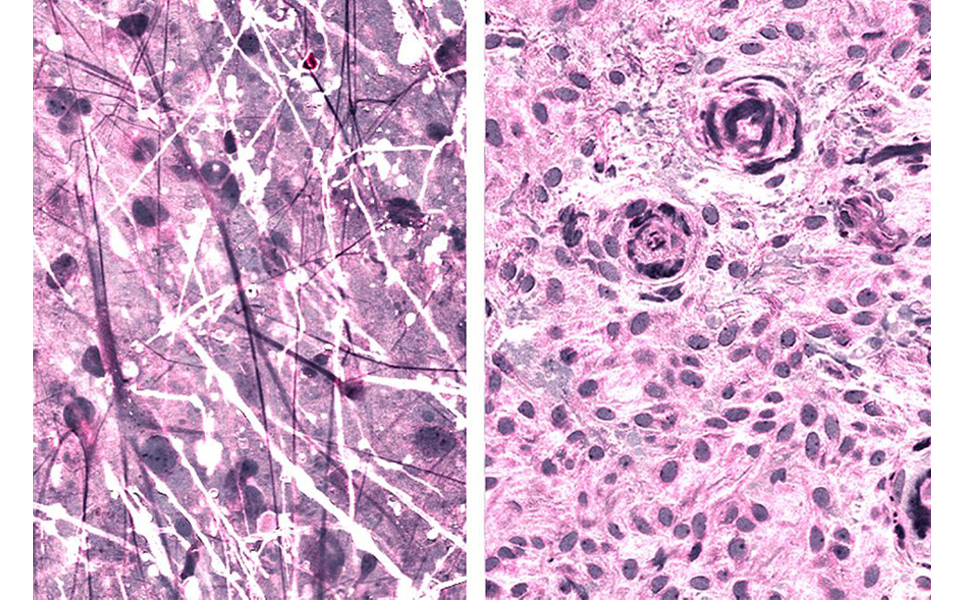
AI for accurate diagnosis
2. Cancerous metabolism makes the brain grow
Scientists at the Max Planck Institute for Molecular Cell Biology and Genetics have discovered how the ARHGAP11B gene has caused the human brain to increase in size through evolution.
Only humans have the ARHGAP11B gene, which causes the stem cells in the brain to multiply, resulting in the more nerve cells being generated. The ARHGAP11B gene protein is located in mitochondria; the researchers discovered that it interacts with a pore-controlling membrane protein, causing the pore to close, which prevents calcium from leaving the mitochondria. The increased calcium concentration initiates a metabolic pathway called glutaminolysis, a characteristic of rapidly dividing tumour cells, resulting in an increased number of stem cells and a larger brain.
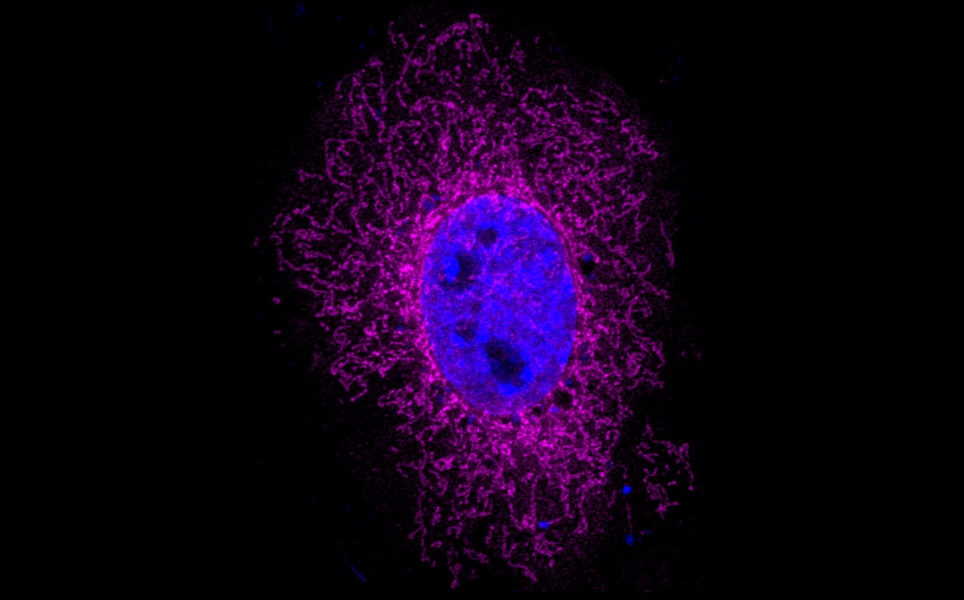
Learn more
3. Study finds potential new treatment for preventing post-traumatic stress disorder (PTSD)
Researchers at the Centre for Addiction and Mental Health (CAMH) and the University of Toronto identified a protein complex that is elevated in patients with post-traumatic stress disorder (PTSD), and developed a peptide that disrupts this complex that could treat PTSD.
The protein complex discovered to be involved in PTSD is the Glucocorticoid Receptor-FKBP51 protein complex. In severe stress, levels of this protein complex increase, but go back to baseline levels shortly after. However, in people with PTSD, the levels remain elevated. This means the Glucocorticoid Receptor-FKBP51 could be a biomarker for PTSD and a therapeutic target.
Peptide for treating PTSD
4. Team builds the first living robots
A team of scientists have repurposed living cells and assembled them into living robots called Xenobots. The Xenobots were designed on a supercomputer by scientists at the University of Vermont, and then assembled and tested by researchers at Tufts University.
The Xenobots are millimetre-wide living, programmable organisms that are able to move towards a target, pick up a payload and heal themselves after being cut. It is thought they could be useful for a variety of functions, including gathering plastic pollution in oceans and travelling in arteries to remove plaque.
Living robots
5. How decisions unfold in a zebrafish brain
By tracking the activity of each neuron in the zebrafish brain, scientists at Rockefeller University were able to predict whether a zebrafish would decide to flip its tail left or right.
The researchers combined light field microscopy, their recently developed imaging technique, with advanced statistical methods. They were able to obtain a frame-by-frame view of the decision-making of the zebrafish, which was so detailed that the researchers could predict their next move 10 seconds before the fish responded.
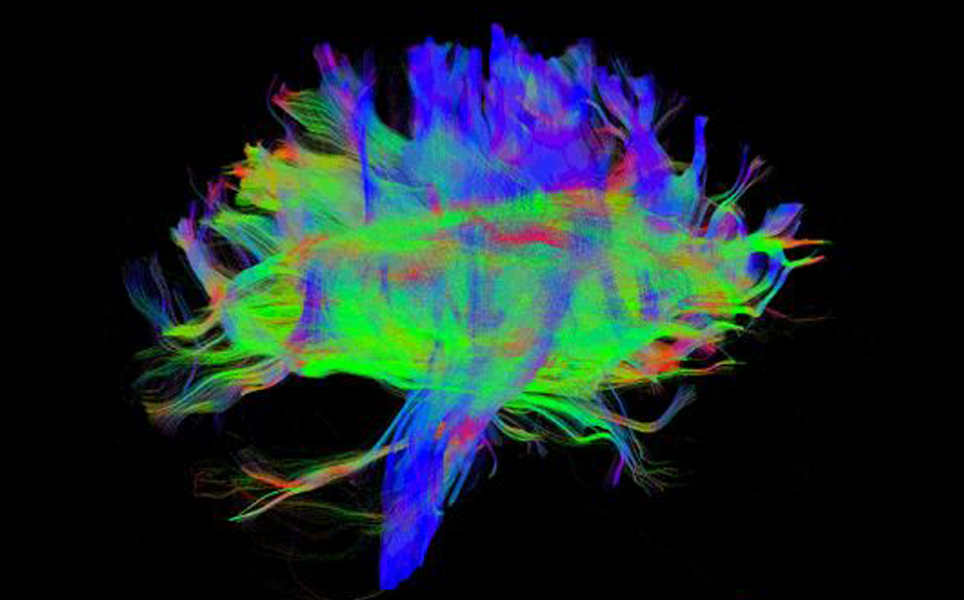
Predictive power
6. Eye-tracking technology to detect neurological disorders
Eye-tracking technology that can be used to detect mild cognitive impairment has been developed by researchers at the University at Buffalo.
The technology is used in conjunction with a range of cognitive tasks, which together are called MindEye. A low-cost infrared camera is used to detect changes in pupil dilation and eye movement, as these changes often indicate cognitive impairment, an early symptom of Alzheimer’s disease.
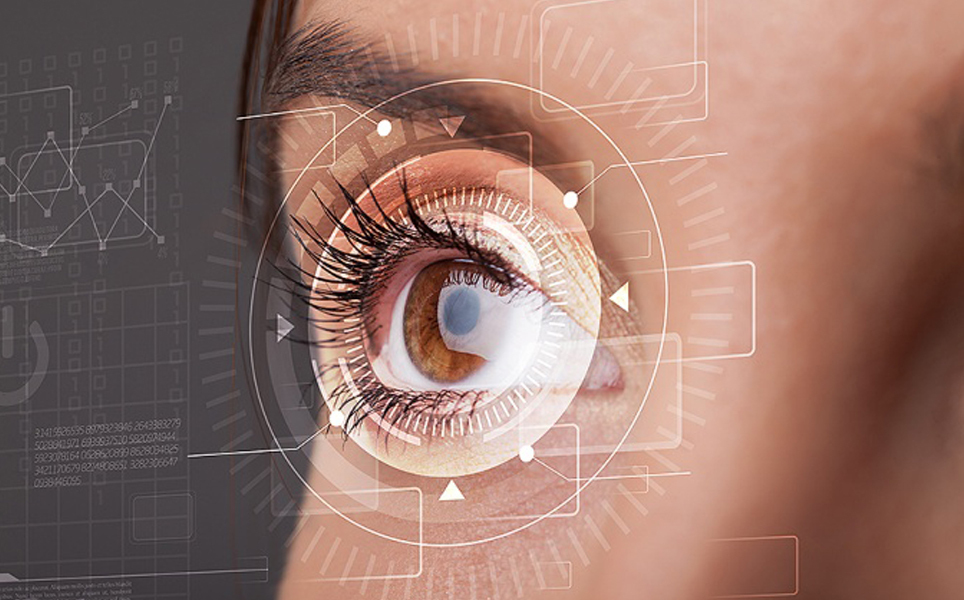
Detecting neurological disorders
7. Unveiling the Biggest and Most Detailed Map of the Fly Brain Yet
Scientists at HHMI Janelia and Google have constructed the most complete map of the fly brain to date, showing the millions of connections between 25,000 neurons.
The scientists are aiming to create a connectome of the 100,000 neurons in the fly brain and their connections. The map created of the 25,000 neurons in the ‘hemibrain’ region of the female fruit fly is a significant milestone. The map represents around a third of the fruit fly brain, containing more than 20 million neural connections and areas that control functions such as learning, memory, smell and navigation.
The connectome project team are known as FlyEM, and are on track to complete the connectome of the entire fly nervous system by 2022.
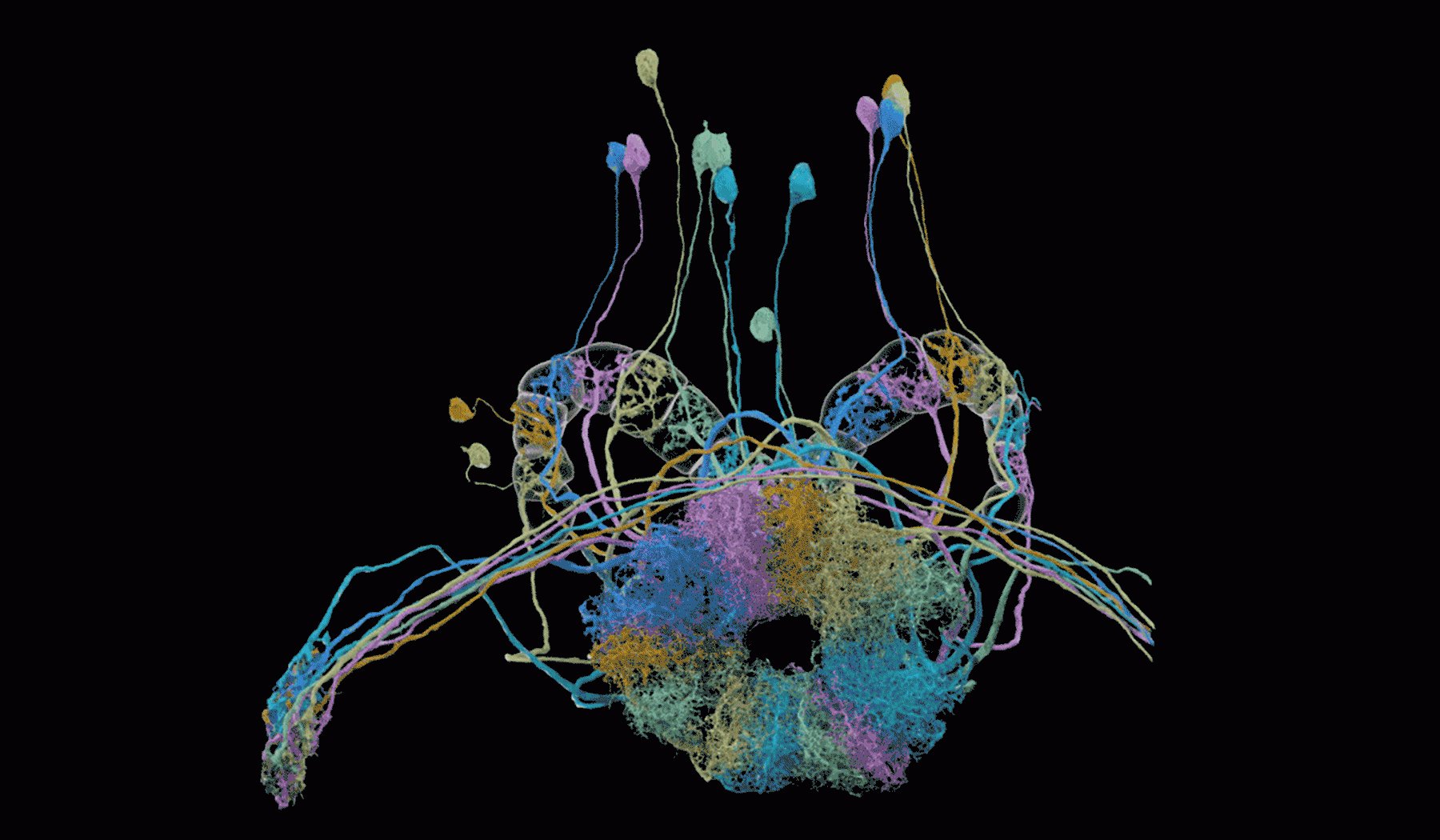
Find out more
8. Pain treatment using human stem cells a success
Human stem cells have been used by researchers at the University of Sydney to make pain-killing neurons that provide lasting pain relief in mice. The pain relief is without side effects and results from just a single treatment.
The team used human induced pluripotent stem cells (iPSC) from bone marrow to make the pain-killing cells in the lab. They then inserted these into the spinal cord of mice who had serious neuropathic pain. As the neurons can be targeted to the parts of the body that the pain is felt, the likelihood of side effects is reduced.
It is hoped that the method can be tested on human patients suffering from chronic pain within the next five years.
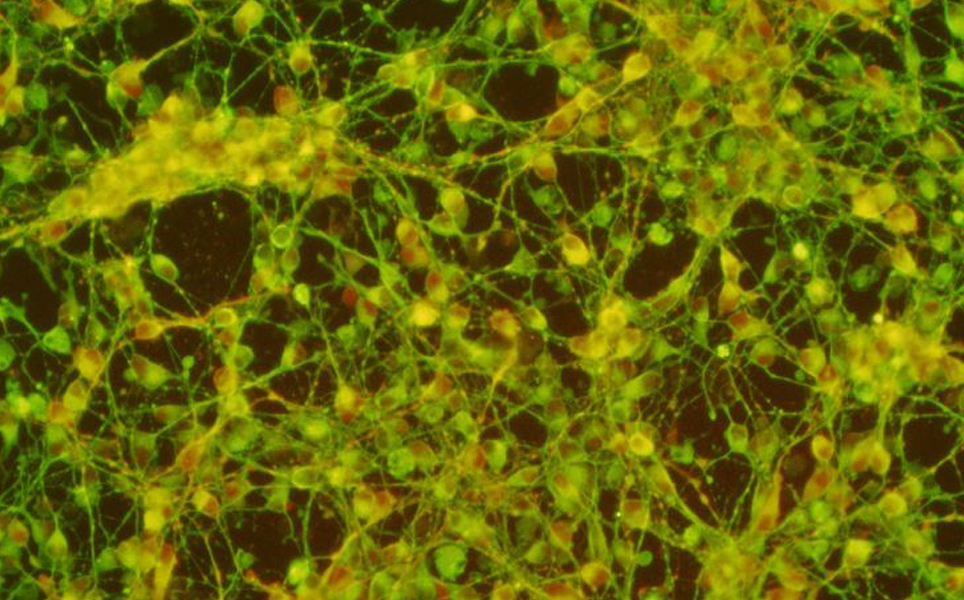
Targeted pain relief
9. Researcher discovers previously rejected function in the brain’s blood vessels
Researchers at the University of Copenhagen have shown that precapillary sphincters exist in the mouse brain, changing our previous understanding of blood circulation that may lead to new knowledge about migraines and dementia.
In theory, these precapillary sphincters should not exist in the brain. However, the researchers have shown that they are present between the larger and smaller vessels of the bloodstream, acting like a clamp to control blood flow and pressure in the blood vessels.
Further research is needed to determine whether there is a link between the precapillary sphincters and diseases that are linked to an accumulation of waste products such as migraine, Alzheimer’s disease and vascular dementia.
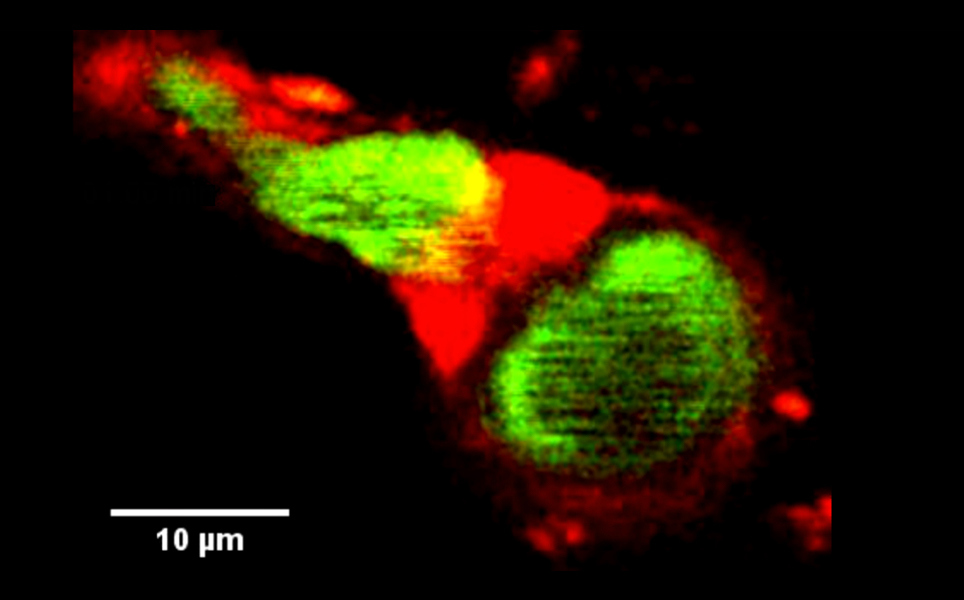
New understanding of brain blood flow
10. Epilepsy study shows link between brain activity and memory
A study by Cedars-Sinai has revealed a link between memory and abnormal brain activity in patients with epilepsy, who often report memory problems.
The researchers found that abnormal electrical pulses, called interictal epileptiform discharges (IEDs), from hippocampal cells in these patients are associated with transient cognitive impairment – a temporary memory disruption.
These findings provide insight into why memory impairments occur in patients with epilepsy and could help with the development of treatments to improve their quality of life.
More here
Banner image credit: FlyEM/Janelia Research Campus
Take a look at the previous top neuroscience stories...
Sign up to receive our latest news
Find out about Scientifica's latest product releases, company news, and developments through a range of news articles, customer interviews and product demonstration videos.

)